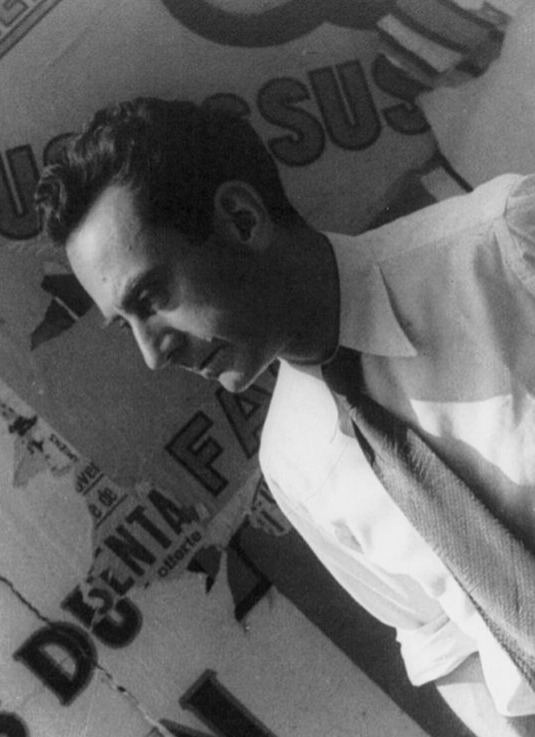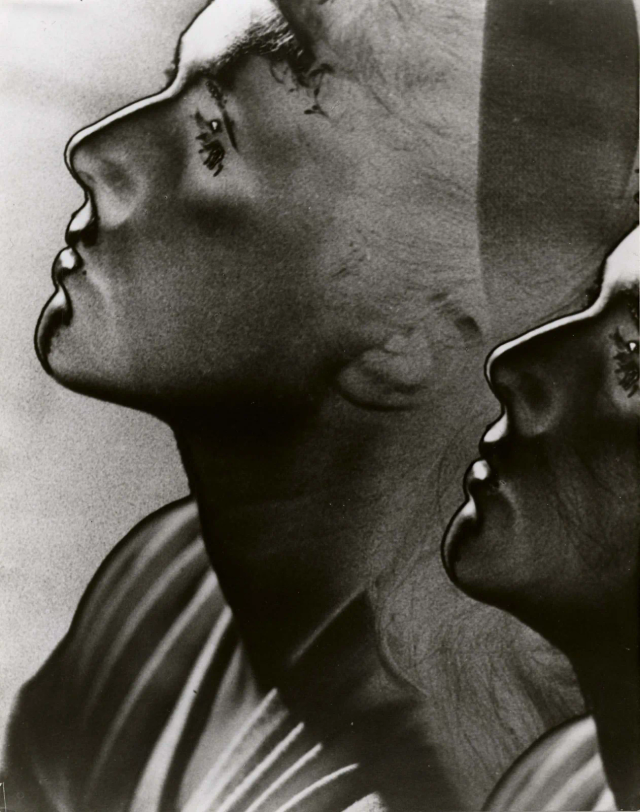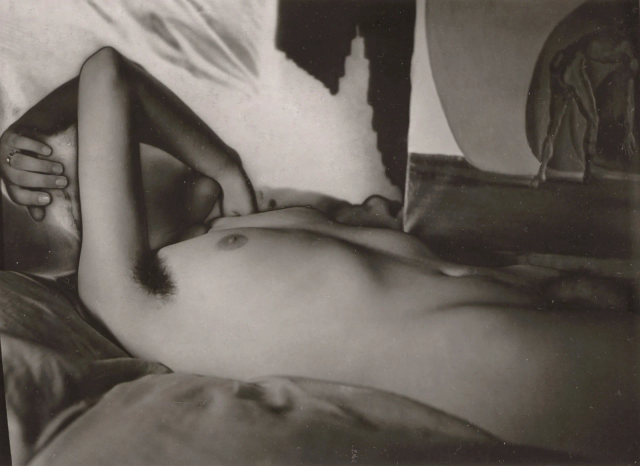
Man Ray
Emmanuel Radnitzky, more famously known as Man Ray, was an American artist whose innovative work positioned him as a leading figure in the development of Dada and Surrealism, along with the broader early avant-garde art movement.
Biography of Man Ray
Man Ray's birth name was Emmanuel Radnitzky, and he was born in South Philadelphia, Pennsylvania, in 1890. His father worked in a garment factory and ran a small tailoring business, often enlisting the help of his children to meet deadlines. Emmanuel had a brother and two sisters. The entire Radnitzky family eventually settled in the Williamsburg area of Brooklyn, New York City.
In the early part of 1912, the Radnitzky family decided to change their surname to Ray in response to the prevailing ethnic discrimination and antisemitism of the time. Furthermore, Emmanuel modified his first name to Man, a shorter version of his childhood nickname, Manny. Over time, he adopted the combined single name, Man Ray.
The artist received his education at Brooklyn's Boys' High School from 1904 to 1909, which provided him with a solid foundation in drafting and basic art techniques. In addition to his formal schooling, he supplemented his knowledge through frequent visits to local New York art museums, where he immersed himself in the works of the Old Masters.
Upon graduating, Ray was offered a scholarship to study architecture but chose to pursue a career as a painter, believing that this more conventional form of visual art was better suited to his talents. While his parents were initially disappointed with his choice, they eventually agreed to reorganize their modest living quarters to accommodate Ray's art studio in his room. From that point onward, the young Ray diligently worked toward becoming a professional painter, earning income through roles as a commercial artist and technical illustrator at several companies in Manhattan.
Man Ray's early career featured paintings and drawings crafted in a 19th-century style. However, a significant shift occurred when he delved into the contemporary avant-garde art of Europe, inspired by the influence of Alfred Stieglitz's stories and the ideas of the Ashcan School. Although initially unable to fully incorporate these avant-garde trends into his work, Ray enrolled in the Ferrer School in the autumn of 1912, marking the beginning of an intense and rapid period of artistic development.
The artist briefly experimented with Cubist ideas, which were popular at the time, but his artistic direction shifted after he befriended Marcel Duchamp. By 1913, he had met his first wife, the Belgian poet Adon Lacroix (Donna Lecoeur). In 1916, Ray created his first proto-Dada object, an assemblage titled "Self-Portrait." His pivotal entry into photography took place in 1918, marking what many experts consider the most significant chapter of his artistic journey.
Ray soon became a prominent figure in the radical anti-art movement known as Dadaism, which originated in Zurich. He regularly produced art objects and developed unique mechanical methods for creating images. Additionally, he played a substantial role in the work created by Marcel Duchamp, as their close friendship endured throughout their lives. They welcomed Francis Picabia into their inner circle, and all of them were linked by their shared commitment to experimental, entertaining, and innovative art.
In July of 1921, Man Ray relocated to Paris, France, and settled in the renowned Montparnasse quarter, a favored locale for many prominent artists of that era. Shortly after his arrival, he fell in love with Kiki de Montparnasse, also known as Alice Prin, an artists' model celebrated in Paris' bohemian circles. She became the subject of some of his most iconic photographic works and appeared in a few of his experimental films.
For the next two decades in Montparnasse, Man Ray thrived as a distinguished photographer and played a pivotal role in the Surrealist movement. He was featured in the first Surrealist exhibition at the Galerie Pierre in Paris in 1925, alongside artists like Jean Arp, Max Ernst, André Masson, Joan Miró, and Pablo Picasso.
In 1934, the surrealist artist Méret Oppenheim, renowned for her feminist fur-covered artworks, posed nude for Man Ray in a well-known series of photographs with her standing next to a printing press. However, the looming events of the Second World War compelled Ray to return to the United States. He resided in Los Angeles, California, from 1940 to 1951, concentrating his creative energy on painting.
Following the conclusion of the war, Man Ray returned to Paris and spent the remainder of his life in the City of Light, engaged in creating art, developing artistic theories, and participating in cultural events. He passed away in 1976 due to complications arising from a severe lung infection.
Man Ray's Art Style
Man Ray made it his early ambition to disassociate himself from his family background, yet the imprint of the tailoring business remained a significant influence on his art. Mannequins, flat irons, sewing machines, needles, pins, threads, fabric swatches, and other tailoring-related items appear in nearly every medium of his work. Some art historians have even suggested technical parallels between tailoring and Ray's collage and painting methods.
Greatly influenced by European artists like Pablo Picasso and Georges Braque, the artist was one of the few American artists widely acknowledged as a leading source of creative inspiration in Europe. One of Man Ray's notable contributions to the art world was his manipulation of the medium of photography, where he explored the artistic possibilities of various processes, including solarization and rayographs (a special eponym for his photograms).
Ray once succinctly expressed that he captured not nature but his own visions through photography, a guiding principle underlying all of his artistic creations.
Years:
Born in 1890
Country:
United States of America, Philadelphia, Pennsylvania
Gallery:
Galerie 1900-2000
Edwynn Houk Gallery
Luxembourg + Co.
Gemini G.E.L.
Gagosian

